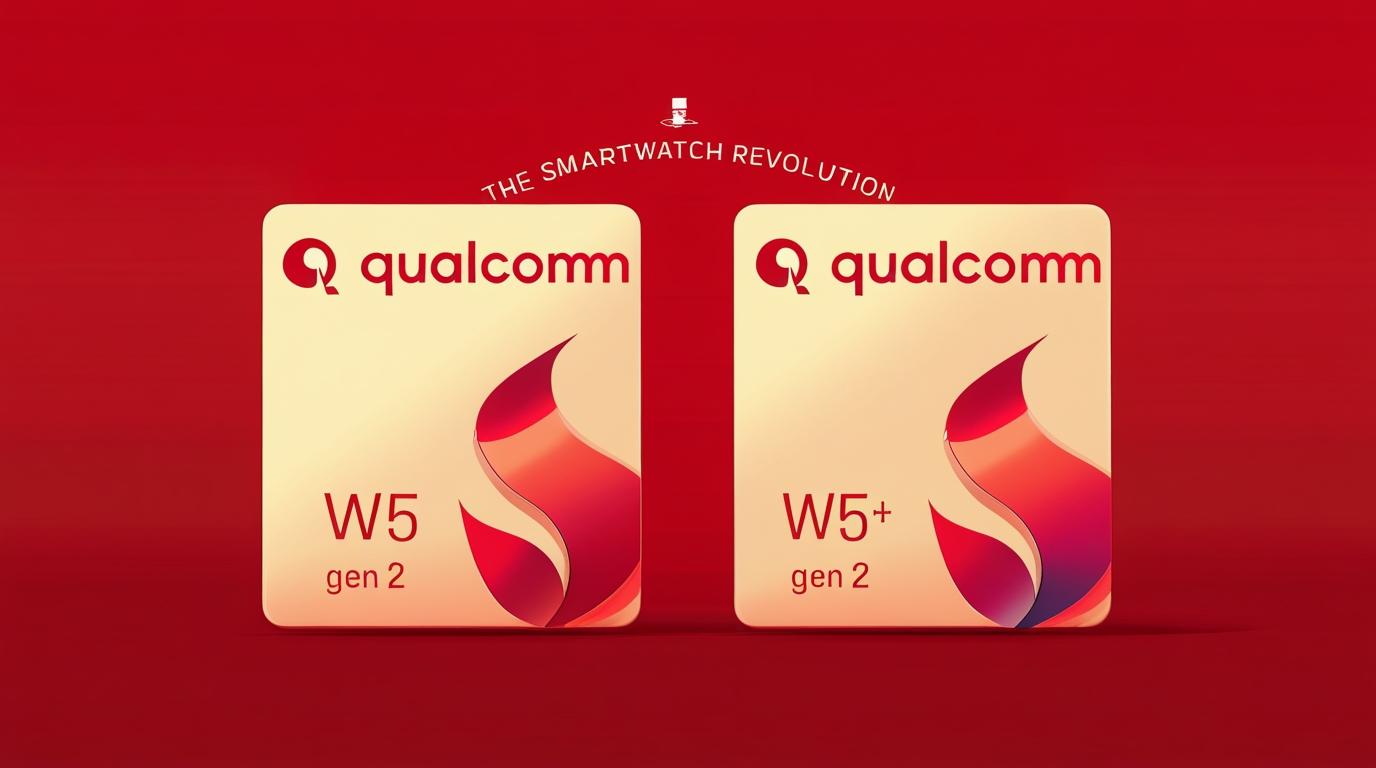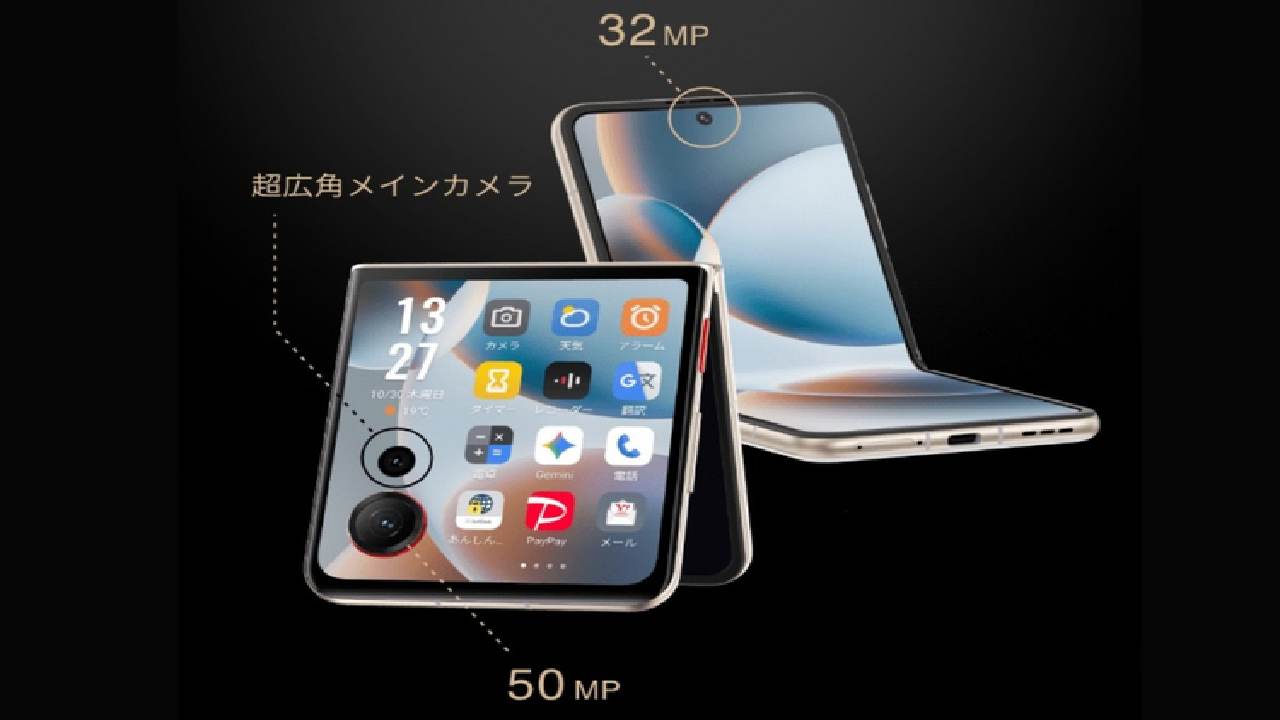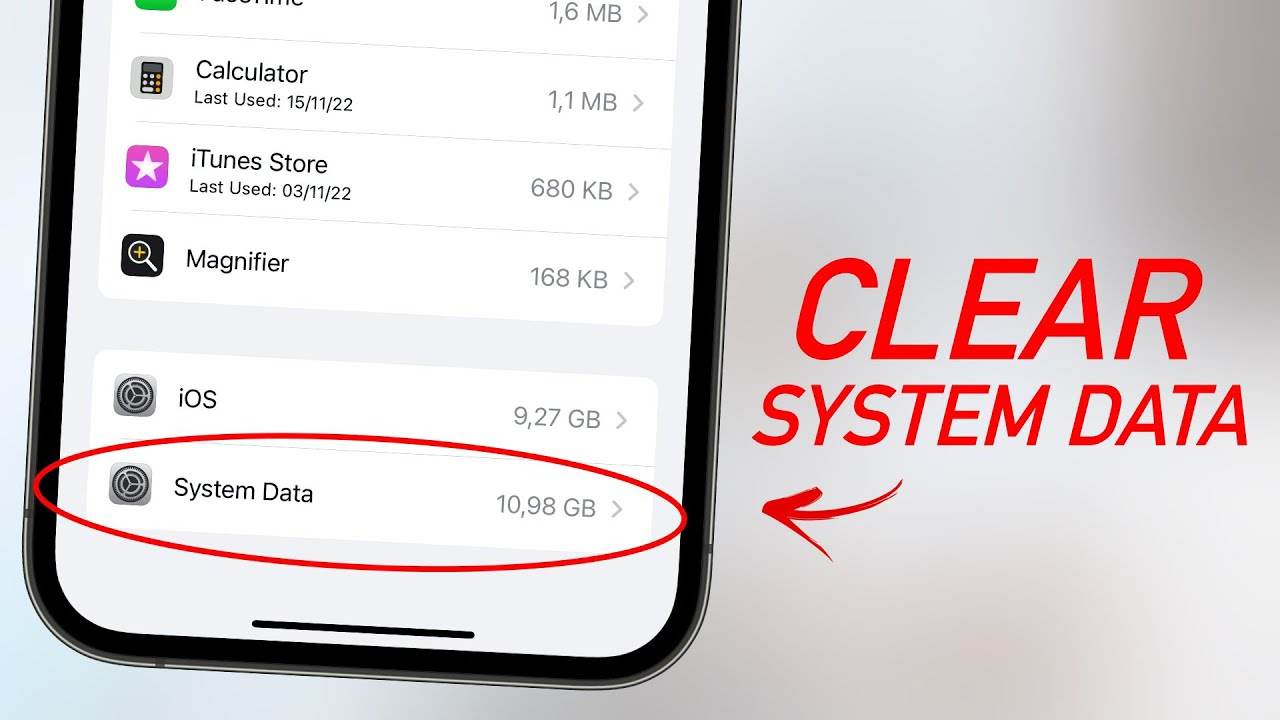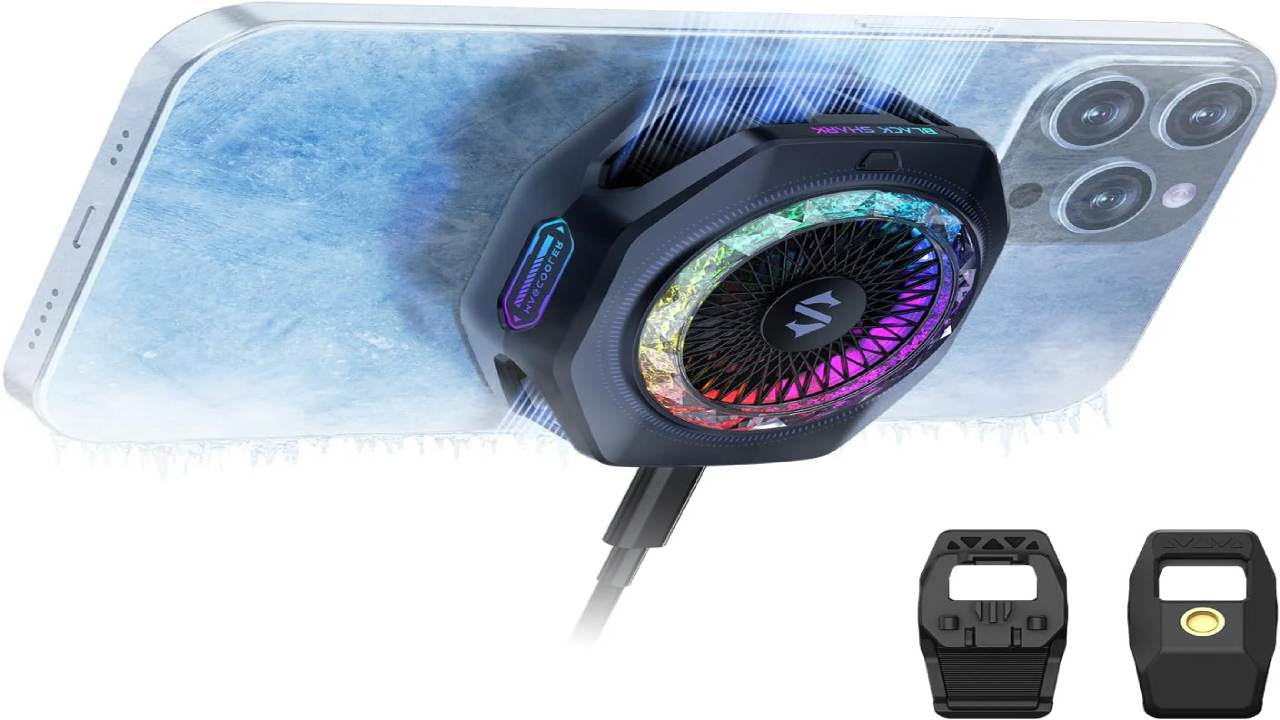Qualcomm Revolutionizes Smartwatch Industry with Satellite Connectivity
Ohana Magazine – Qualcomm has officially launched Snapdragon W5 Gen 2 and Snapdragon W5 Plus Gen 2, marking a significant leap in wearable technology. These chips were revealed on August 21, 2025, alongside the debut of the Google Pixel 10 series. Notably, the Google Pixel Watch 4 became the first smartwatch to integrate this next-generation chipset. With rising consumer demand for speed, energy efficiency, and connectivity, Qualcomm aims to strengthen its dominance in the wearable industry. Unlike previous versions, this release not only improves performance but also introduces a unique feature: satellite connectivity. Consequently, the smartwatch market is entering a new era where efficiency and safety become central elements for both casual users and professionals.
“Also read: Mixed Reality: The Next Frontier Beyond Smartphones“
Key Differences Between Snapdragon W5 Gen 2 and W5 Plus Gen 2
Although the Snapdragon W5 Gen 2 and W5 Plus Gen 2 look similar, the “Plus” version offers extra advantages. The Snapdragon W5 Plus Gen 2 integrates a Cortex-M55 co-processor that handles lighter tasks when the main processor is inactive. As a result, notifications, simple AI functions, and background processes can continue without draining much power. This energy-saving design allows users to enjoy longer battery life without sacrificing essential features. By offering two versions, Qualcomm gives smartwatch manufacturers flexibility: a standard efficient model and a premium energy-optimized one. Ultimately, this decision benefits users who expect high performance but still demand day-long reliability.
Groundbreaking Satellite Connectivity for Emergency Situations
The most innovative feature in the Snapdragon W5 Gen 2 lineup is NB-NTN satellite support. With this technology, users can send emergency signals even in areas without cellular coverage. This capability is particularly valuable for hikers, travelers, and field workers operating in remote zones. Moreover, the feature enhances user safety by ensuring access to help even without a smartphone nearby. Unlike other solutions, this function is built directly into the smartwatch. Therefore, it eliminates the need for carrying separate satellite devices. This innovation transforms smartwatches from lifestyle accessories into life-saving tools. In short, Qualcomm has set a new benchmark for safety in the wearable segment.
Technical Specifications and Energy Efficiency Improvements
From a technical standpoint, Qualcomm continues using the advanced 4-nanometer fabrication process paired with four Cortex-A53 CPUs. The integrated GPU, Adreno 702, ensures smooth graphics performance for modern smartwatch applications. However, the true highlight is efficiency. Qualcomm claims the new chips are 20% smaller and 20% more energy-efficient than their predecessors. Additionally, the Cortex-M55 co-processor is 25% faster while still conserving power. This means functions like AI-powered smart replies, voice recognition, or constant notifications run smoothly without quickly draining the battery. For smartwatch users, improved battery life translates into freedom: less charging and more productivity. Clearly, Qualcomm has placed energy efficiency at the center of its innovation.
Enhanced GPS Accuracy with Machine Learning 3.0
Another major advancement is Qualcomm’s Location Machine Learning 3.0, combined with Radio Frequency Front End (RFFE) technology. These upgrades provide 50% greater GPS accuracy compared to previous generations. Even in dense urban areas or deep valleys, the chip can maintain precise location tracking. As a result, navigation becomes more reliable for daily commutes, sports, and outdoor exploration. Furthermore, the system learns from user patterns, making GPS faster and more responsive over time. This level of precision demonstrates Qualcomm’s long-term focus on improving real-world usability. For many consumers, reliable GPS is as important as battery life, and this feature directly addresses that need.
“Read more: India’s New Tax Plan Signals Rising National Consumption“
Pixel Watch 4 Becomes the First Device to Showcase the Chip
Google’s Pixel Watch 4 is the first smartwatch powered by Snapdragon W5 Gen 2. Priced at 349 USD, or around IDR 5.7 million, it highlights Qualcomm’s ability to bring premium technology directly to consumers. The integration shows how closely Qualcomm and Google are collaborating to enhance the WearOS ecosystem. With features like satellite emergency support, optimized battery life, and faster navigation, the Pixel Watch 4 is more than just a stylish device—it is a showcase of next-generation wearable capabilities. This launch also sets the stage for other smartwatch manufacturers to follow, likely making Snapdragon W5 Gen 2 the new industry standard for high-end devices.
The Broader Impact on the Wearable Industry
The introduction of Snapdragon W5 Gen 2 and W5 Plus Gen 2 will have a significant impact on the global wearable market. These chips redefine what a smartwatch can offer, from communication to personal safety. The ability to connect through satellites ensures that smartwatches are no longer dependent on smartphones or cellular networks. Furthermore, efficiency improvements and precise GPS tracking enhance daily usability and expand the range of possible applications. This combination of innovation positions Qualcomm as a clear leader in wearable technology. Going forward, the line between lifestyle gadgets and essential tools will blur, with smartwatches playing an increasingly central role in everyday life.













